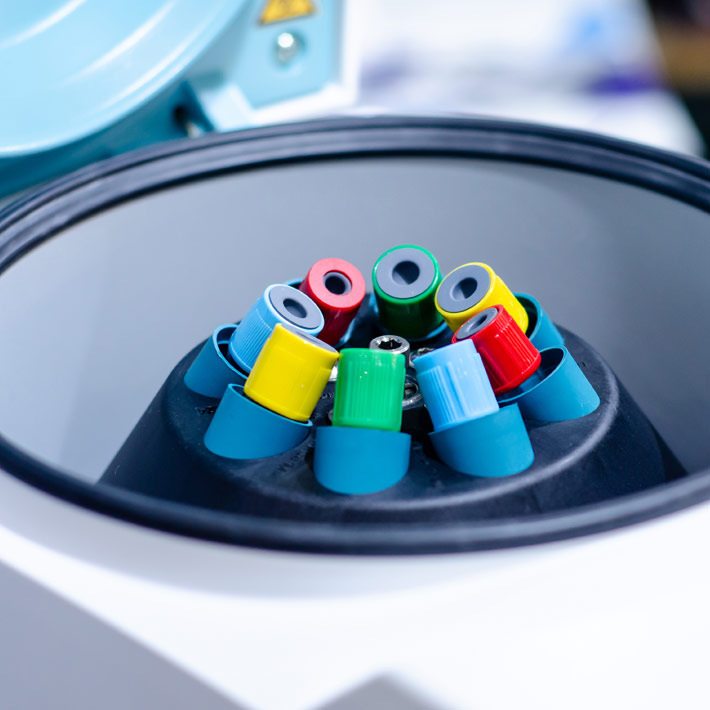16 December 2020
A new drug delivery platform developed by Saudi scientists could enhance the safety and efficacy of a common therapeutic for breast cancer.
The technology is based on hybrid nanoparticles composed of a biodegradable polymer coated with a layer of fatty molecules known as lipids. This mixed design combines the biological compatibility and cell penetrability of lipids with the enhanced stability and prolonged drug release of polymers.
When loaded with the anti-estrogen drug anastrozole, the hybrid nanocarrier proved stable and effective against breast cancer cells. “This is a novel formulation that provides better safety and biocompatibility than the free-form drug,” says Salam Massadeh, leader of the Therapy Development Lab at KAIMRC. “It’s more potent, less toxic, and offers targeted delivery to the cancer cells, demonstrating the power of nanotechnology to improve existing therapies and create a new generation of drugs.”
Massadeh co-led the study with KAIMRC’s Manal Alaamery in collaboration with researchers at King Saud bin Abdulaziz University for Health Sciences. Both Massadeh and Alaamery have a track record of developing nanotechnology-based treatments for breast cancer, having received patents for innovations related to nanoparticle delivery of various drugs over the past few years.
However, the earlier advances were built around nanoparticles consisting entirely of polymers. The incorporation of lipids on the outer surface improves solubility and helps ensure the drug is fully absorbed into the bloodstream, leading to more stable dosage levels in the body. This not only protects against debilitating side effects such as thrombocytosis, a blood clotting disorder that can result from variable drug concentrations in the body, but also means that patients will need less frequent doses.
The researchers showed that the hybrid nanoparticles had a consistent spherical shape measuring around 200 nanometers in diameter and that around 80% of the nanodrug carriers were successfully filled with anastrozole. The team treated breast cancer cells with their nanotherapeutic and saw a similar level of cell death as in treatments using standard anastrozole.
The KAIMRC team next plans to test the anastrozole-loaded nanoparticles in mice. If the therapy proves safe and effective, trials with patients could follow.
References
Massadeh, S., Omer, M.E., Alterawi, A., Ali, R., Alanazi, F.H. et al. Optimized polyethylene glycolylated polymer–lipid hybrid nanoparticles as a potential breast cancer treatment. Pharmaceutics 12, 666(2020). | article



